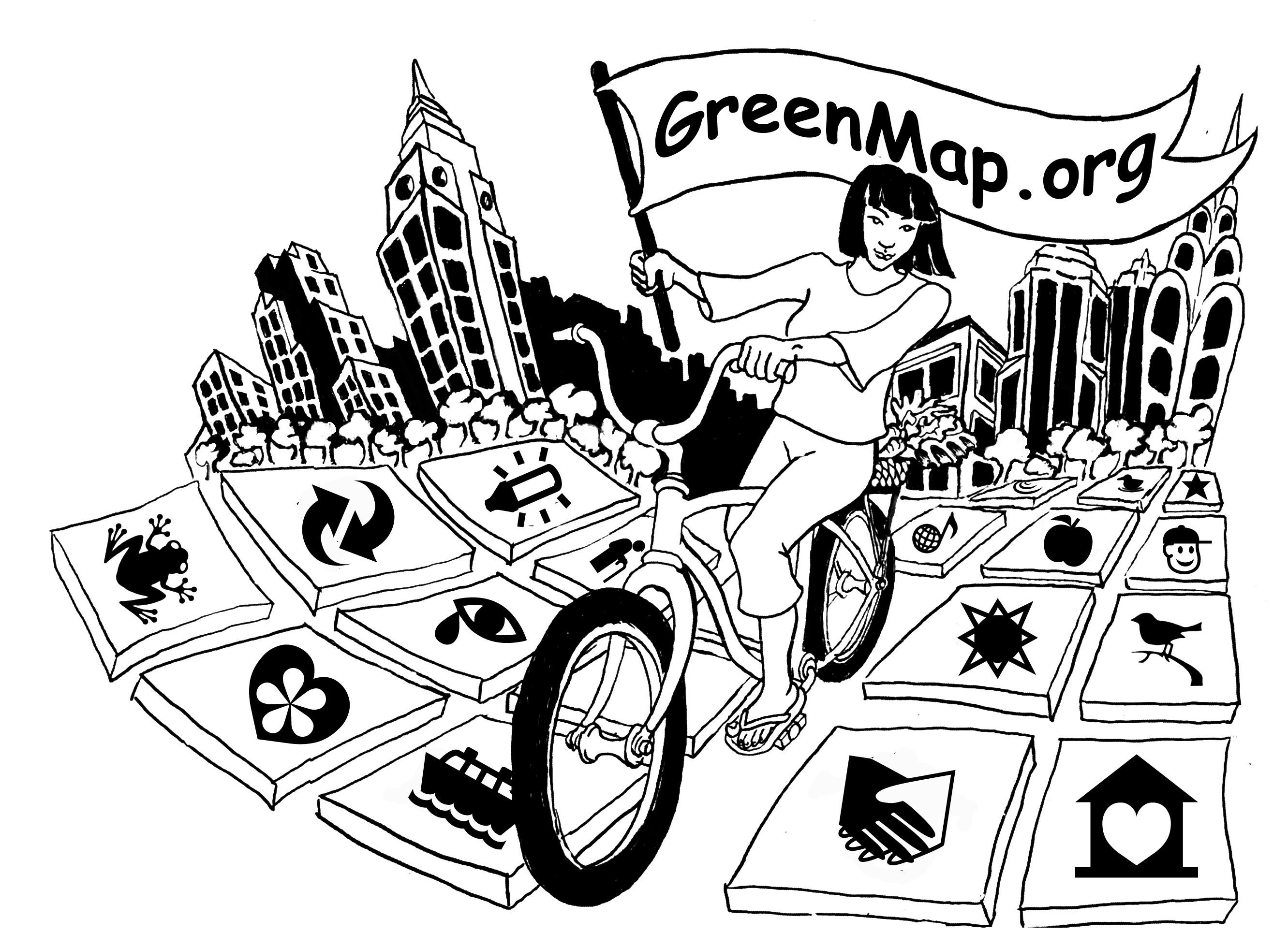
3 minute read
Democratizing Mushroom Cultivation
by ecoartspace
Let’s get started!
Stage 1: Cardboard Cultures
Advertisement
1. Cardboard, cut into small strips (Recycle those cardboard boxes!)
2. Fresh mushrooms (Blue oyster mushrooms work exceptionally well- even store-bought!)
3. Particulate mask & Nitrile (latex-free) gloves to protect the mycelium from contaminants!
4. 70% Isopropyl or Ethanol alcohol in a spray bottle
5. A set of tongs for dunking & removing cardboard from boiling water
6. Ziplock bag or non-porous-food safe container w/lid
7. Permanent marker to date your bags
Cardboard Cultures
• Dip cardboard into boiling water for approximately 30-40 sec and drain until it is no longer dripping.
• Spray your work area with the 70% Iso/ Eto, then spray your gloved hands. Gently remove the top portion/cap of the mushroom and discard or save it for cooking! Peel the mushroom stem into small sections and scatter it over the damp cardboard. Roll carefully like a sushi roll and seal in your zip lock bag/ container. Add the date.
• Store outside of sunlight at room temperature in a dark cupboard or drawer.
• Check on fungi growth!
After 4-7 days, you should notice mycelium fuzzies spreading throughout the cardboard. If you see any contamination (patches of green, yellow, or black), remove the contaminated sections and add the healthy myceliated section to fresh cardboard, repeating steps 1-2
Note: If contamination is terrible- it is best to start over!
Once you have a white, fluffy cardboard culture, it’s time to expand your mycelium into a larger container for material experimentation or mushroom cultivation!
Stage 2: Container Cultures
1. A food-grade plastic bucket, Tupperware or glass container w/lid. A non-porous surface is necessary.
2. Cardboard (cut to fit sheets inside your bucket) If necessary, cut into several sections for layering.
Expanding Cardboard Cultures
Following Cardboard Cultures Step1&2- begin. Ensure your containers are clean & dry. Spray with 70% Iso/Eto, and spray your gloved hands. Layer the bottom of your bucket/container with a few sheets of now-boiled cardboard, and then add a small section of your Myceliated cardboard culture you started some weeks back.
• Repeat- layering fresh cardboard and your cardboard culture until the container is full. Put the lid on, and make a filter window or holes - you can cover the window/holes with doubled-up coffee filters or purchase special adhesive filter tape- the holes allow the fungi to breathe. Store at room temperature for several weeks, checking every few days to ensure the cardboard doesn’t dry out. Note: I cover my containers to keep the fungi in the dark!
• If it does become dry, mist lightly inside the container with water.
• Once all the cardboard is fully covered with fluffy white mycelium, remove the lid permanently and mist with water every few days. If looking to harvest to eat, you should see fresh mushrooms (pinning) within 10-14 days!
Notes:
You should see active mushroom growth for several weeks but once your mushrooms have finished fruiting, dig the spent bucket culture into your vegetable garden or compost pile as a nutrient boost you might even get the odd mushroom popping up! Myco-material explorations.
• Now that your cardboard is covered in mycelium try compressing the sheets/ mycelium by laying heavy boards or books on top (remember- whatever you use, make sure it is nonporous unless you want the mycelium to grow into the object! This is something to consider- allow the mycelium to explore materials such as wool knits, jersey, nylon, and canvas. Can you shape this new material? Work with it similarly to paper mâché?
• In my fungal mycelium research, I have found it to be quite curious; it will explore glues and substrates and does not mind 70% isopropyl/ethanol sprayed surfaces!
Never eat wild mushrooms without advice from an expert guide who can positively identify them.
Be safe and happy Mushrooming!
Recipe for composting and pickling
By using recycled plastic, metals, cans and more in my sculptures, also using kitchen and garden scrap in compost and using old veggies and fruits in pickling and jams I am trying to address environmental concerns and encouraging more people to do so.

My recipe to help the environment: Composting is a great act saving the kitchen and garden scrap.
We all can compost regardless of where we live. It’s easy to turn our old food and waste into the best soil. Compost reduces weed growth, nourishes our soil and decreases the amount of water for plants.
Use a basket, chicken wire, a plastic can with some holes on it or wooden boxes we are able to have our own compost bins.
Pickling and preserving old fruits and veggies will add flavor to our dish, the recipe is included.
General pickling:
1 cup hot water,
1 tsp salt
1Tb sugar
1 cup apple cider vinegar
2 cup veggies or fruits















